Cherry Blossom Festival in Spain | donQuijote
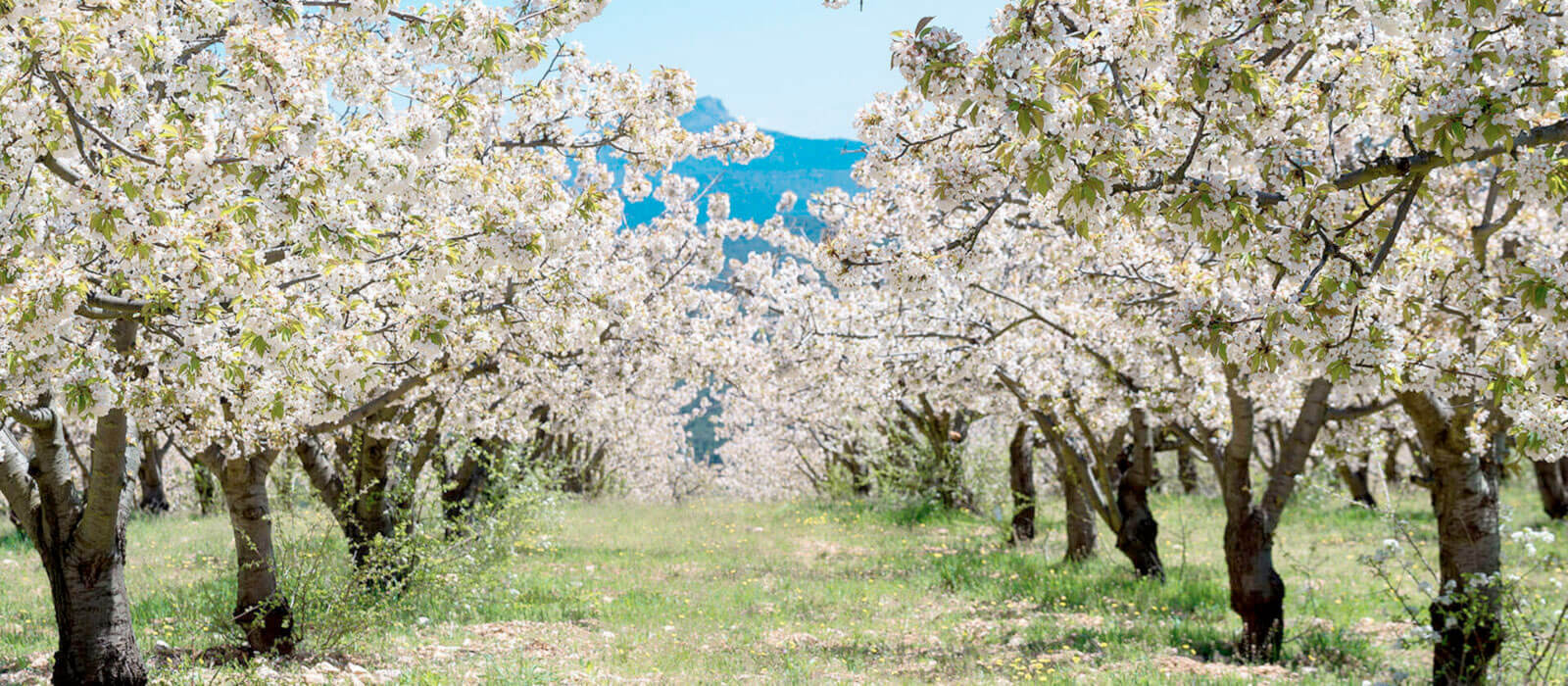
Cherry Blossom in Spain
Cherry blossoms are usually associated with Japan or even Washington D.C. but Spain also has its own particular cherry blossom festival. In a corner of Spain between Salamanca and Cáceres, close to the town of Plasencia, is a valley tucked into the mountains of the central system. Within this 70 kilometer long valley—Jerte Valley—is a growing region home to the Picota cherry, one of the sweetest cherries on earth. This cherry comes with a Denominación de Origin (Denomination of Origin) certificate that classifies this fruit as being of the highest quality and coming from only this area of the world.
Every year in spring this valley comes to life with the blooming of the trees and arrival of thousands of Spaniards that come to see a beautiful, fleeting event. The region prepares an agenda of activities that range from bird watching to participating in the actual picking of the cherries. This area wakes up from a winter hibernation to a calendar of activities that is actually pretty dizzying.
More than 1.5 million cherry trees occupy this basin with many growing up steeply rising hillsides. These trees pertain mostly to small family farms (there are 3,737 registered growers) and are grown in a very traditional and sustainable manner. For example, it is very common to see during picking season the cherries laid out on beds of fern leaves which protects the fruit while it is being gathered. Unfortunately for most Americans, tasting these incredibly delicious cherries is practically impossible: 60% of the productions is consumed domestically while the rest is exported principally to Germany and the United Kingdom.
Right now the trees are starting to bloom and the second act of a three-act play of nature is happening. The locals have given a name to these three moments: Despertar el valle (the valley wakes), Cerezo en Flor (Cherry trees in bloom), and Lluvia de Pétalos (shower of flower petals). This is the moment when most people come to the valley to take in some incredible views and walk along the numerous paths that wind between the trees and the different villages within this area.
If you want to come and take part in an incredible show of nature, you better hurry because by the beginning of May the flowers will be gone and the fruit will be start to be growing on the tree. Not all is lost, though, if you come after the flowers have gone since the fruit will be ready and picked in June and July. You will then be able to taste some the best and rarest cherries in the world. I’d say that would be worth the trip.
How to get to the Valle del Jerte
To get to the Valle del Jerte from Madrid you can go north through Ávila or west, by way of Plasencia—either way the trip takes about 2 1/2 to 3 hours making an overnight stay in a casa rural an excellent option. In spring, the weather is usually warm during the day with cool nights without the extremes of the neighboring areas due to the excellent micro-climate the valley creates.
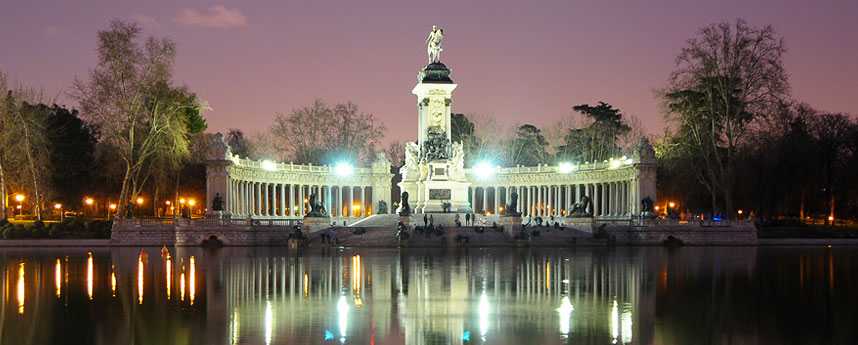
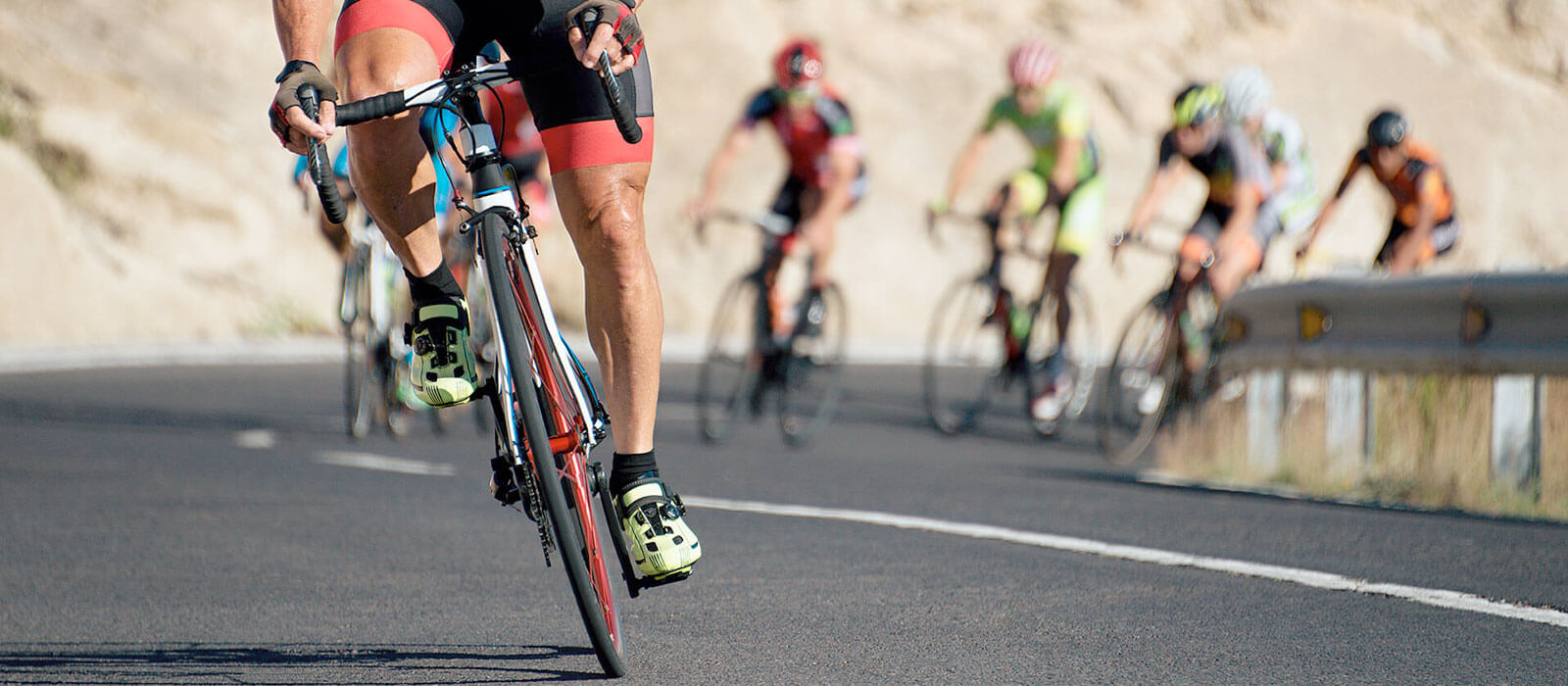
 1. Rock n' Roll Madrid - Athletics (April)
1. Rock n' Roll Madrid - Athletics (April) 2. Open de España - Golf (April/May)
2. Open de España - Golf (April/May) 3. The Mutua Madrid Open - Tennis (May)
3. The Mutua Madrid Open - Tennis (May) 4. Spanish Formula 1 Grand Prix - Auto racing (May)
4. Spanish Formula 1 Grand Prix - Auto racing (May) 5. Red Bull X-Fighters International Frestyle Motocross - Motocross (July)
5. Red Bull X-Fighters International Frestyle Motocross - Motocross (July) 6. Descenso del Sella - canoeing (August)
6. Descenso del Sella - canoeing (August) 7. Vuelta a España - Cycling (August - September)
7. Vuelta a España - Cycling (August - September) 8. 2014 FIBA World Cup - Basketball (August 30 - September 2014)
8. 2014 FIBA World Cup - Basketball (August 30 - September 2014) 9. La Liga - Football (August - May)
9. La Liga - Football (August - May) 10. 2014 ISAF World Championships - Sailing (September)
10. 2014 ISAF World Championships - Sailing (September)
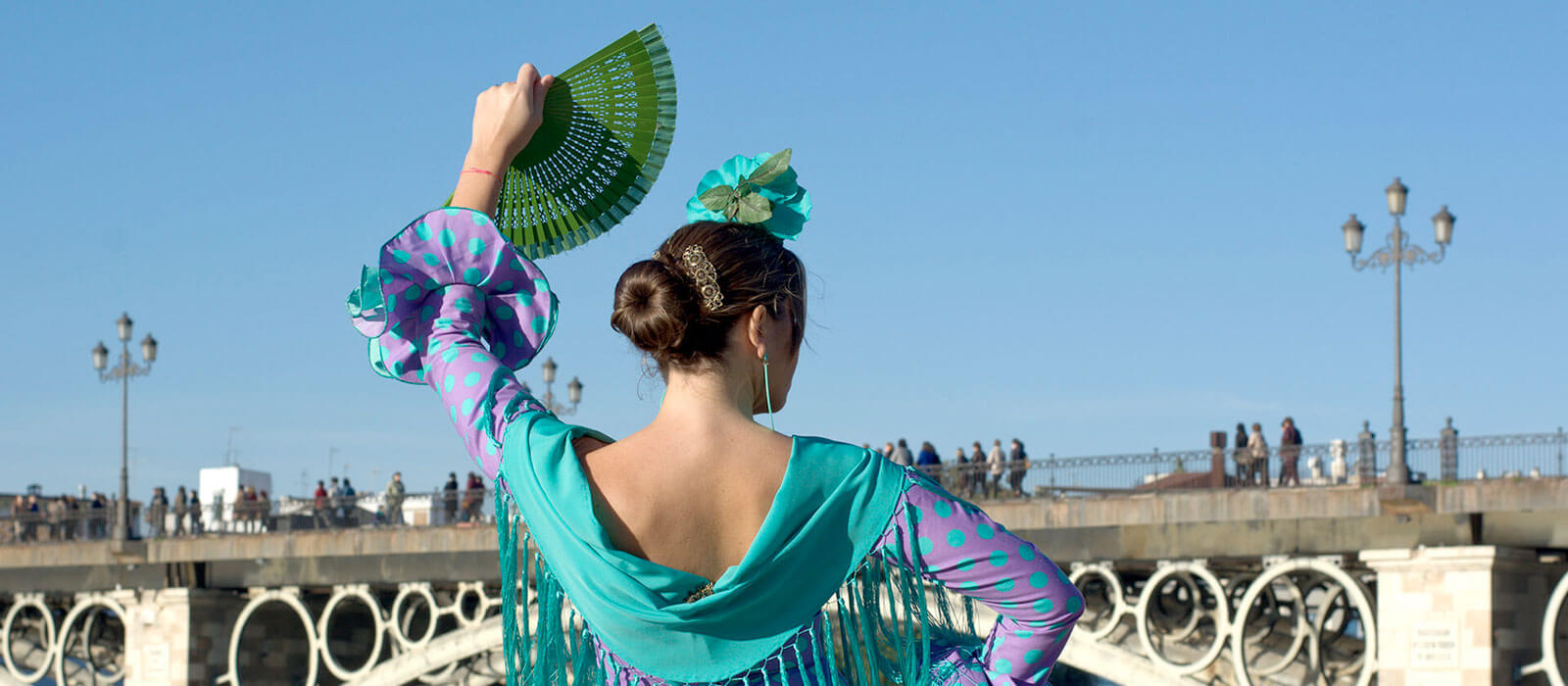
 1. Seville
1. Seville 2. Madrid
2. Madrid 3. Cordoba
3. Cordoba 4. Granada
4. Granada 5. Cadiz
5. Cadiz 6. Jerez de la Frontera
6. Jerez de la Frontera 7. Malaga
7. Malaga 8. Barcelona
8. Barcelona 9. Jaen
9. Jaen 10. Murcia
10. Murcia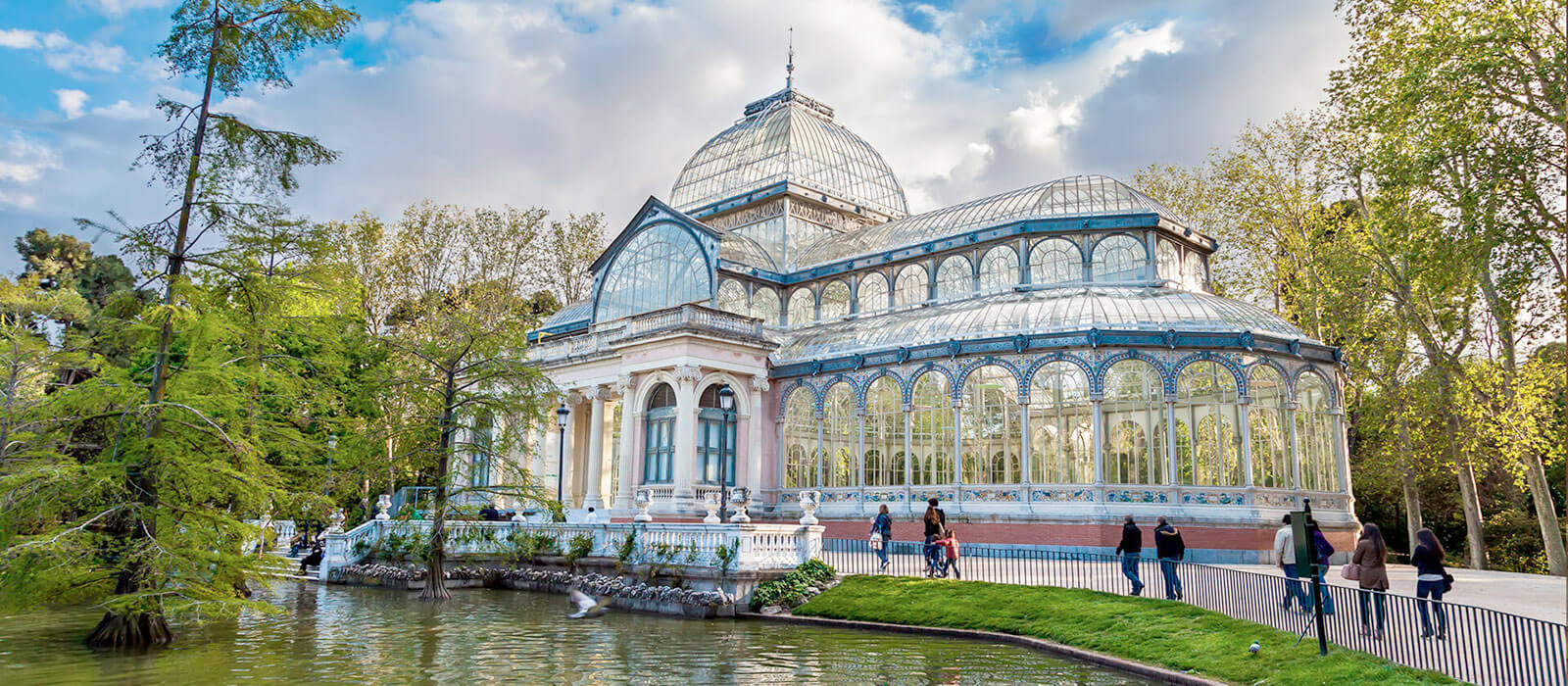

 Talk about innovation in a time of crisis. Why didn't I think of it?
Talk about innovation in a time of crisis. Why didn't I think of it? A few weeks ago I visited El Valle de los Caídos and thought it was definitely worth a mention as it’s one of the most unique places I’ve visited here in Spain.
A few weeks ago I visited El Valle de los Caídos and thought it was definitely worth a mention as it’s one of the most unique places I’ve visited here in Spain.